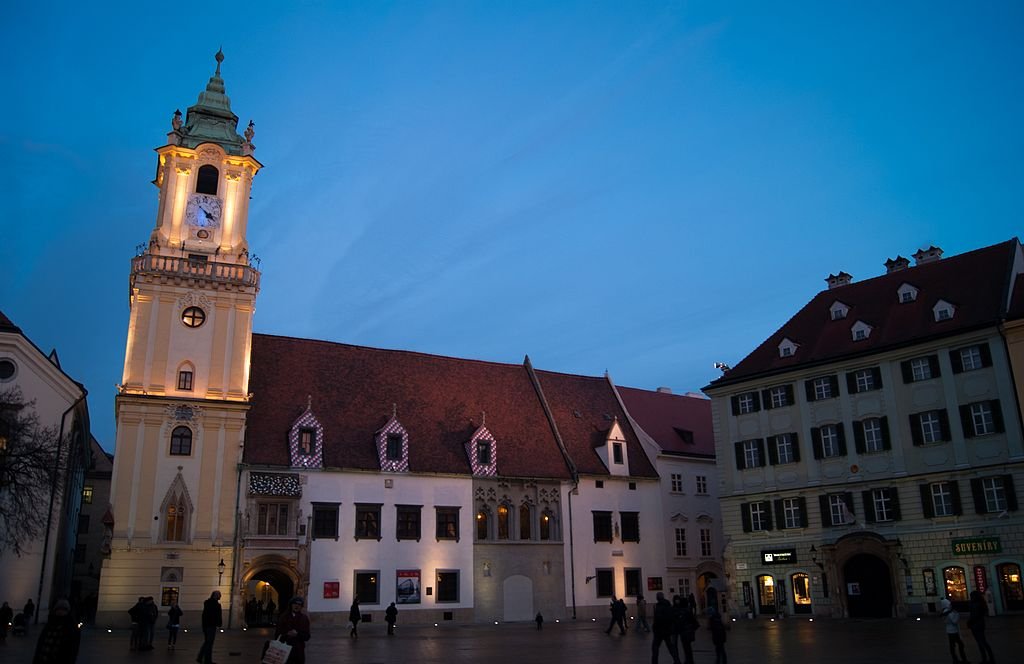
15 Best Things to See in Bratislava (Slovakia)
The capital of Slovakia is a sight to behold and exudes style, culture, and history. Up to 1919, Bratislava was known as Pressburg and had for more than a thousand years been a part of Hungary. Eleven kings and queens of Hungary were crowned at the city’s cathedral, where the Hungarian crown jewels were stored starting in the 16th century. The city’s location on the Danube and at a crossroads of trade routes contributed to its development as a major hub of trade and power during the period. Be ready to see palaces, castles, churches, and bizarre Soviet megastructures as the city’s rich past is fully unveiled. Let’s examine the top activities in Bratislava:
- Devin Castle
- St Elizabeth’s Church (Blue Church)
- Bratislava Castle
- St. Martin’s Cathedral
- Michael’s Gate
- Maximilian’s Fountain
- Grassalkovich Palace
- Danubiana Meulensteen Art Museum
- Hviezdoslavov Square
- The Historic Centre of Bratislava
- Most SNP
- The Slavn War Memorial
- Primate’s Palace
- The Slovak National Gallery
- Old Town Hall
Devin Castle
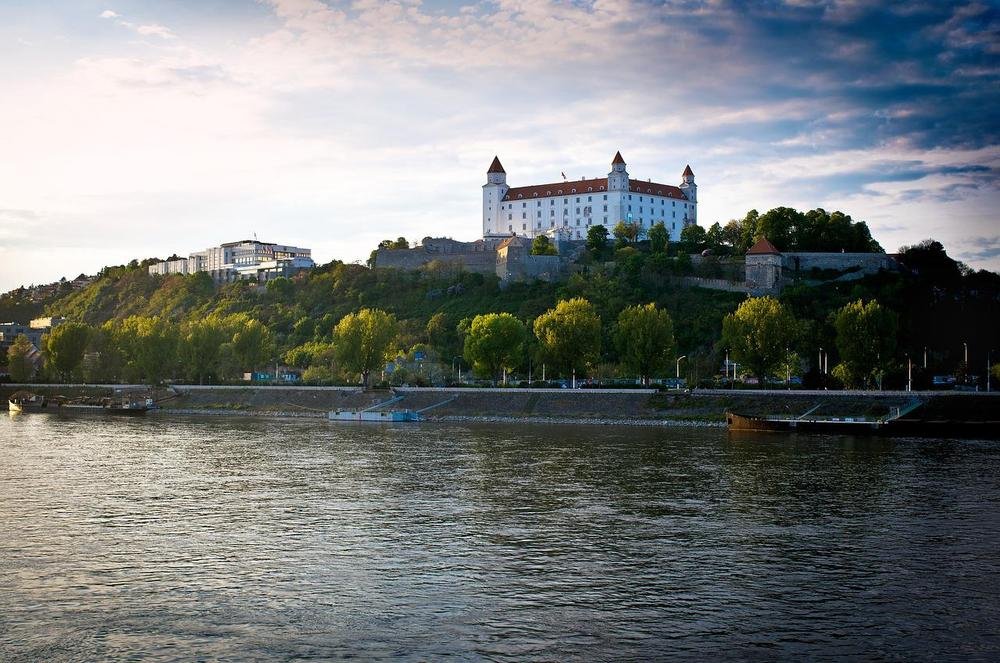
Do not miss the opportunity to visit this magnificent castle, which is around 10 kilometres west of the city centre. The ruins of Devin Castle are positioned 212 meters above the Danube and Morava Rivers. This massive castle dominated a section of the ancient Amber Road and the Danube trade route in its prime. It is one of Slovakia’s three oldest castles, with evidence dating back to the 5th century BC. Information boards and an exhibition inside the caverns at the top perimeter tell the tale of this castle. Napoleon’s army attacked the castle in 1809, dealing it its final blow, and it has been a picturesque ruin ever since.
St Elizabeth’s Church (Blue Church)
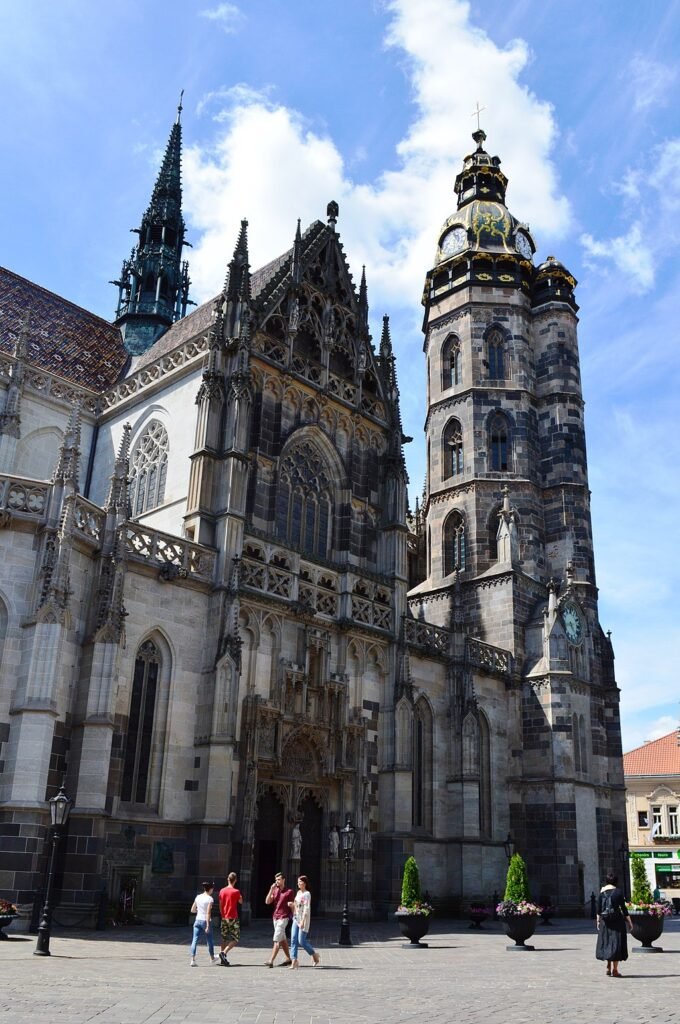
On Bezruova Street, just east of the old town lies this comical Art Nouveau church. Originally constructed as the chapel for the Gama gymnasium (grammar school), it has since evolved into a national emblem for Slovakia. Dön Lechner, a forerunner of Hungarian Secessionism and frequently referred to as the Hungarian Gaud, was the architect in charge. The church’s ornate stucco mouldings, which are painted white and pastel blue and with glazed blue ceiling tiles, have an Oriental, Romanesque, and Baroque design that is reminiscent of Disney. The benches inside are exceptionally lovely; they are painted blue with gold patterns, and over the altar is an oil painting of St. Elizabeth giving alms.
Bratislava Castle
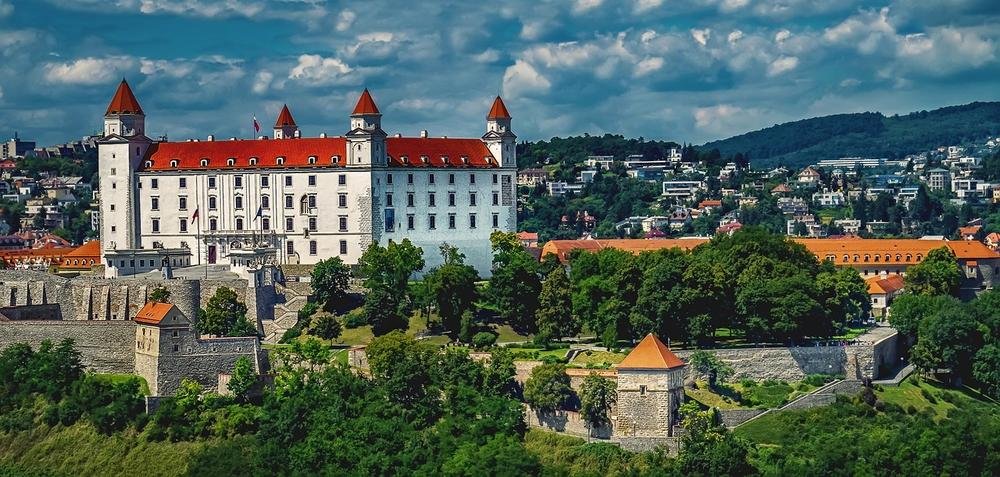
Bratislava Castle sits on a position that has been fortified for thousands of years, watching over the city from its rocky nest. The castle was unsurpassed as a fortified bastion and lookout since it was situated between the Alps and the Carpathians and guarded a former Danube ford. The castle reached its pinnacle during the 16th century when it served as the royal residence of Hungary for 200 years and housed the crown treasures. It is a monument to see because of what it stands for more than its aesthetic qualities after war damage and repair. The National Museum features exhibitions inside that cover Slovakian history from the Middle Ages to the present, and from the terrace, you can see across the Danube and beyond the borders into Austria and Hungary.
St. Martin’s Cathedral
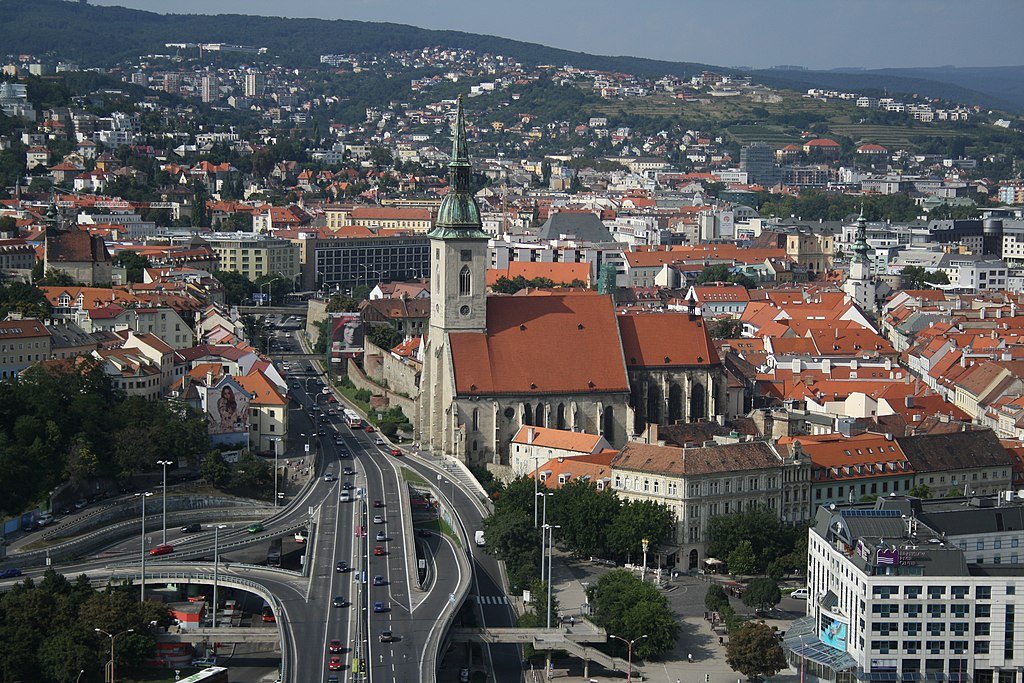
The Gothic cathedral of Bratislava, built in the 15th century, was situated against the city walls on the west side of the Old Town and even served as an auxiliary bastion. It is located in the shadow of Bratislava Castle and served as the Kingdom of Hungary’s coronation church beginning in 1563, making it a convenient one-two sightseeing punch. Up to 1830, eleven kings and queens, along with eight of their consorts, were installed here. A gold-plated replica of the Crown of St. Stephen is displayed at the pinnacle of the tower in recognition of the cathedral’s function as a coronation church. Three aisles make up the interior nave, which is separated by large Gothic columns and leads to a group of statues showing St. Michael dressed as a Hungarian hussar.
Michael’s Gate
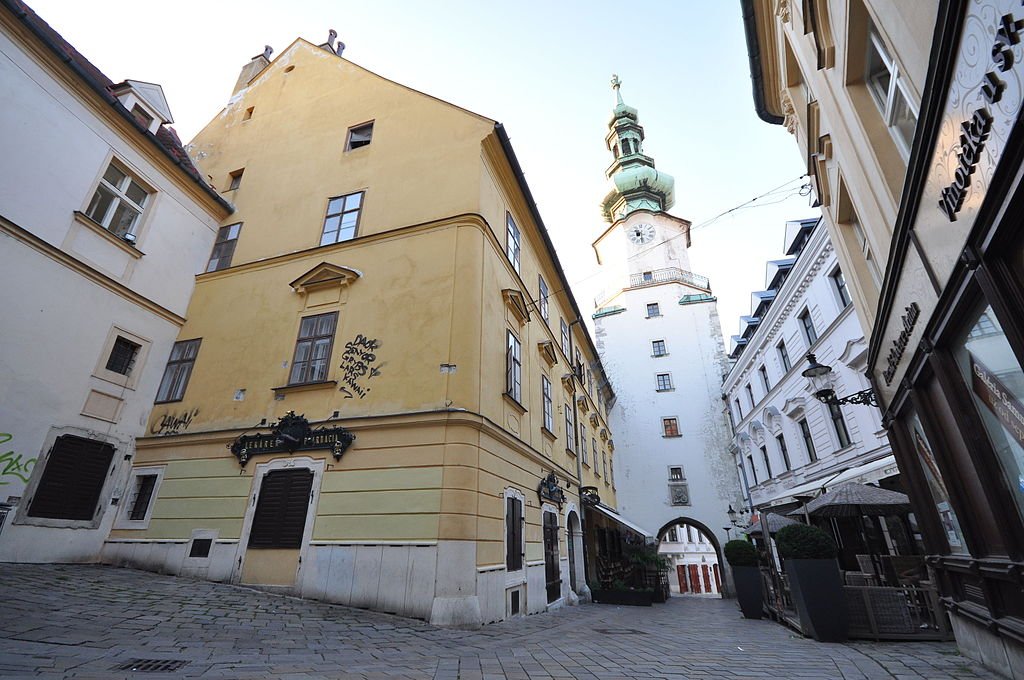
The last of Bratislava’s original four medieval gates, guarding the east entrance to the city, is another ancient building in the Old Town. Michael’s Gate, which rises 51 meters above a graceful maze of alleyways, was constructed at the very beginning of the 14th century. After being renovated in 1759, it acquired its current Baroque look. At this time, the dome and the spire’s finial, depicting St. Michael slaying the dragon, were also added. Another location of the Bratislava City Museum, featuring a display of old defences and medieval weapons, is located in the tower. Get to the sixth floor of the tower since it provides a useful viewpoint for the Old Town.
Maximilian’s Fountain
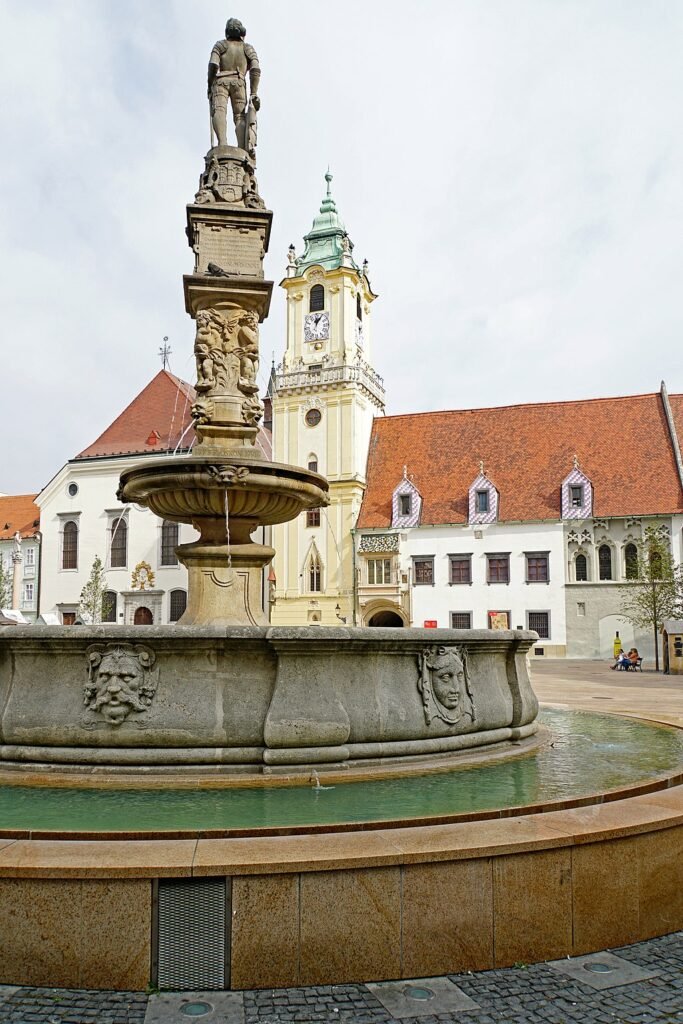
Another of Bratislava’s most cherished landmarks and gathering spots is back in the Main Square. The fountain in front of the Old Town Hall was built in 1572 at the request of King Maximilian II of Hungary as a source of water for the people of Pressburg. A statue of the armoured knight stands on top of the central column. Some people think this is a picture of Roland, the legendary protector of Pressburg’s rights, while others are positive it’s Maximilian. Every New Year, at the stroke of midnight, the monument, according to mythology, rotates to face the Old Town Hall and bows in memory of the 12 council members who lost their lives protecting the city.
Grassalkovich Palace
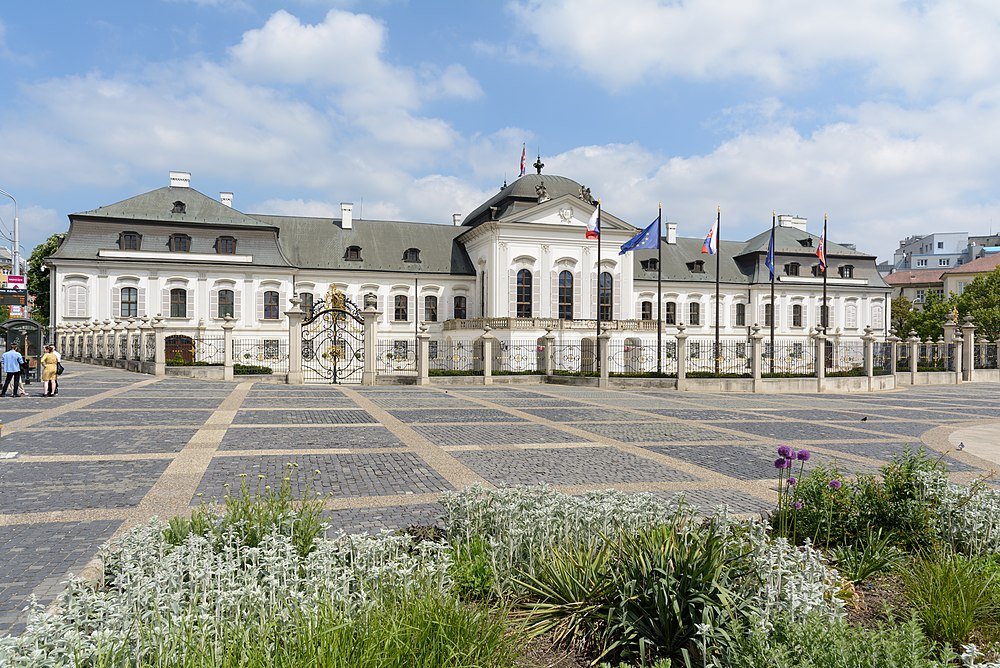
In Hodovo Square, to the north of the Old Town, a magnificent Rococo mansion from 1760 serves as the official residence of the President of Slovakia. Count Anton Grassalkovich, the head of Hungary’s Royal Chamber and a close ally of Empress Maria Theresa, ordered it. As the president’s official residence, the palace isn’t accessible to the general public. However, you can pause to take pictures in front of the contemporary fountain. The formal grounds of the palace are now a lovely public park, so turn around and go around to the back. There are gardens, tree-lined walks, and a statue of the empress riding a horse. State leaders that visited the palace, such as the previous King of Spain, Juan Carlos I, planted this row of trees.
Danubiana Meulensteen Art Museum
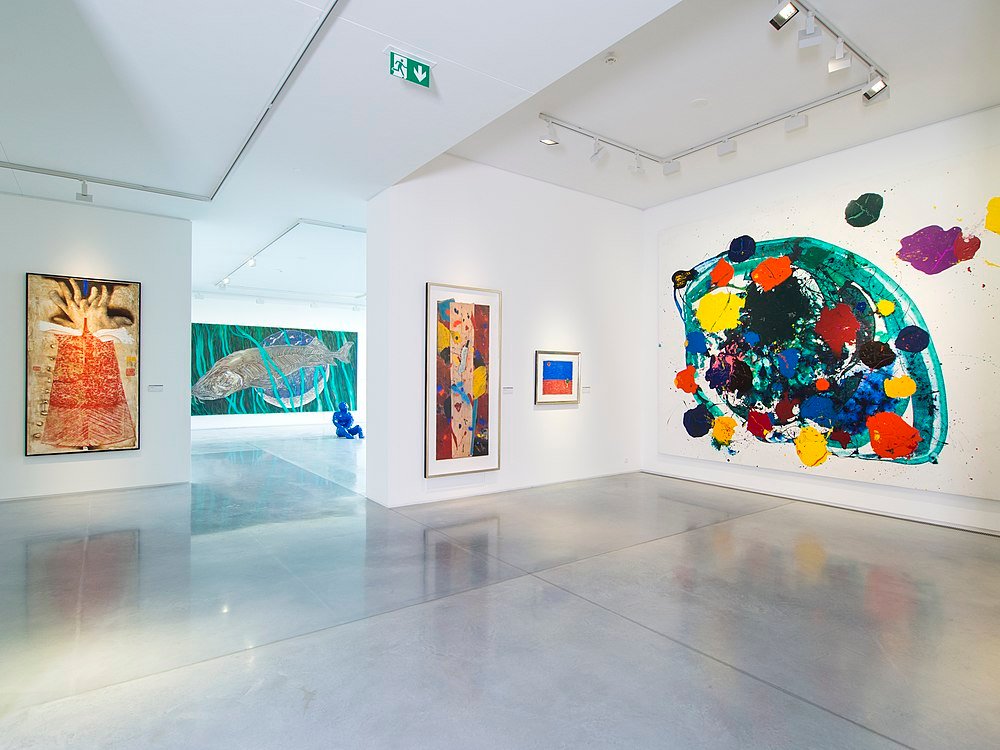
This modern art museum, which is located at the extremity of a long peninsula in the midst of the Danube, is also somewhat out of the city. Before it was finished in 2014, the museum began to open in phases, beginning in the early 2000s. The permanent exhibition is located in the Great Hall on the first floor and features works by artists from all over the world, including Sam Francis, Christo and Jeanne-Claude, Jill Moser, CoBrA artists like Karel Appel, Austrian artists like Hermann Nitsch, and Hungarian artists like Ilona Keserü Ilona. The area outside the museum has been designed as a sculpture park, with vegetation and sculptures by artists like Hans de Bovenkamp and Roland Goeschl, all with the river in the background.
Hviezdoslavov Square
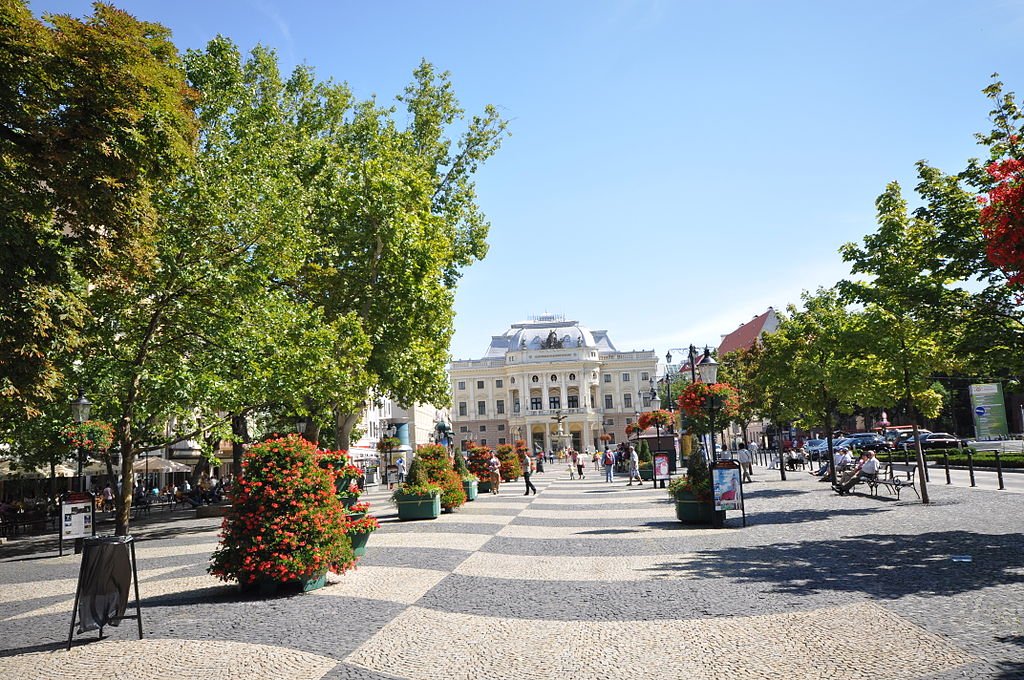
Hviezdoslav Square is a sizable pedestrian thoroughfare in the Old Town that runs from the Most SNP to the Slovak National Theatre. Exuberant mansions and townhouses line the pathway, which is bordered by rows of trees and fountains. Bars, restaurants, and ice cream parlors may be found on the square’s northern side, while an official line of embassies can be found on its southern side. The square also hosts Bratislava’s Christmas Market in December. There is a podium for public events. The square is named in honour of Pavol Országh Hviezdoslav, a Slovak poet and playwright from the turn of the 20th century who also contributed significantly to Slovak culture by translating works by Schiller, Shakespeare, and Goethe. His enormous statue is located halfway along the boulevard.
The Historic Centre of Bratislava

Bratislava’s old centre is the kind where you may follow your wandering curiosity through light, airy streets and onto opulent squares. Additionally, the Old Town is small enough that you won’t have trouble regaining your bearings if you get lost. There are many things to swoon over, including delicate fountains, Baroque architecture, quirky small monuments, and inscriptions listing famous people who have lived there. The University Library Building, a former government structure from the Hungarian Reform Era, where serfdom in the kingdom was abolished in the 19th century, is just one of several locations with significant historic significance. On your tour, you’ll also find plenty of outdoor cafes, artisan boutiques, and gelato shops to attract you.
Most SNP
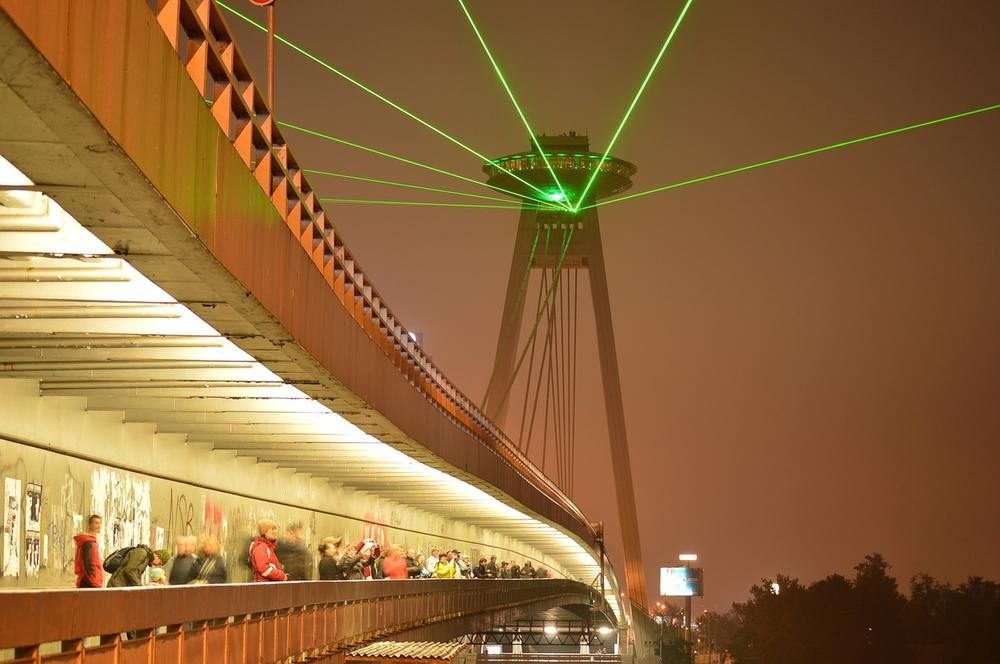
The Danube Bridge is a stunning artefact from the Soviet era. The longest cable-stayed bridge in the world with only one pylon and one set of cables is The Most SNP (Bridge of the Slovak National Uprising), which was built in 1972 and retains the record for this distinction. The “UFO” is a building that is located atop that pylon. This disc-shaped structure is 80 meters above the river and has a restaurant that can be accessed via an elevator up the east pillar of the pylon. You can reserve a table for a spectacular supper with a view, or you can simply visit the observation deck to take in the splendour of the Danube, the castle, and ancient Bratislava.
The Slavn War Memorial
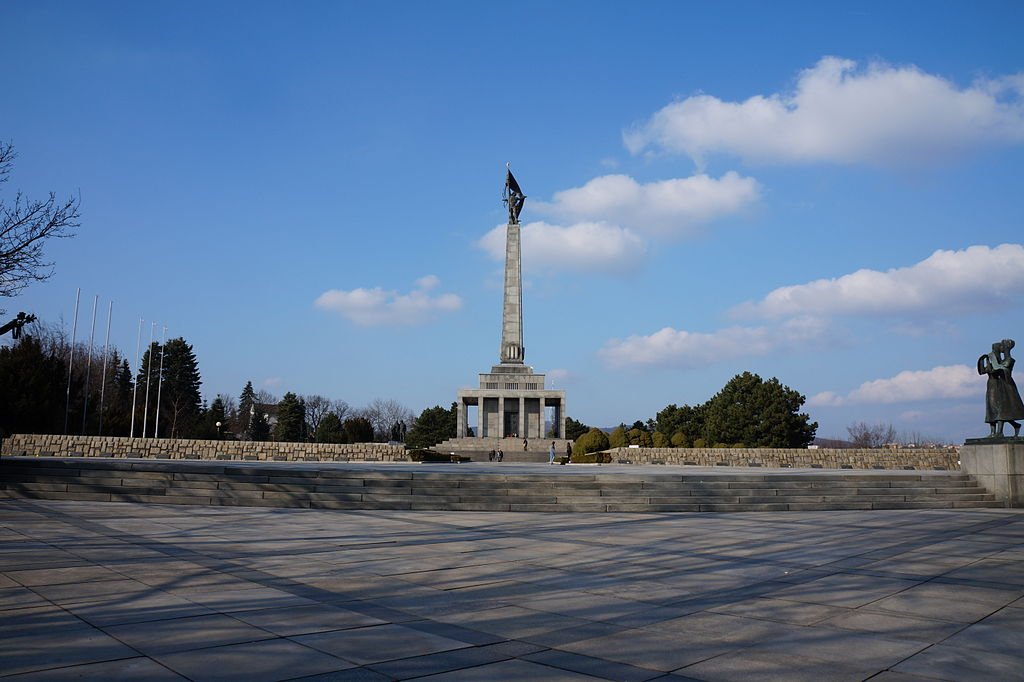
The cemetery and battle memorial for the Soviet soldiers slain during the liberation of Bratislava in 1945 are located at the top of the tallest hill. The monument, which was unveiled in 1960, is located in the city’s affluent area above homes and embassies. At its foot is a memorial auditorium with marble-panelled walls and a statue of a Soviet soldier perched atop a 39.1-meter pylon. Six mass graves upfront contain 6,845 Soviet troops’ remains. Locals and visitors alike climb up to the terrace below at all hours of the day for the best view of the Bratislava skyline.
Primate’s Palace
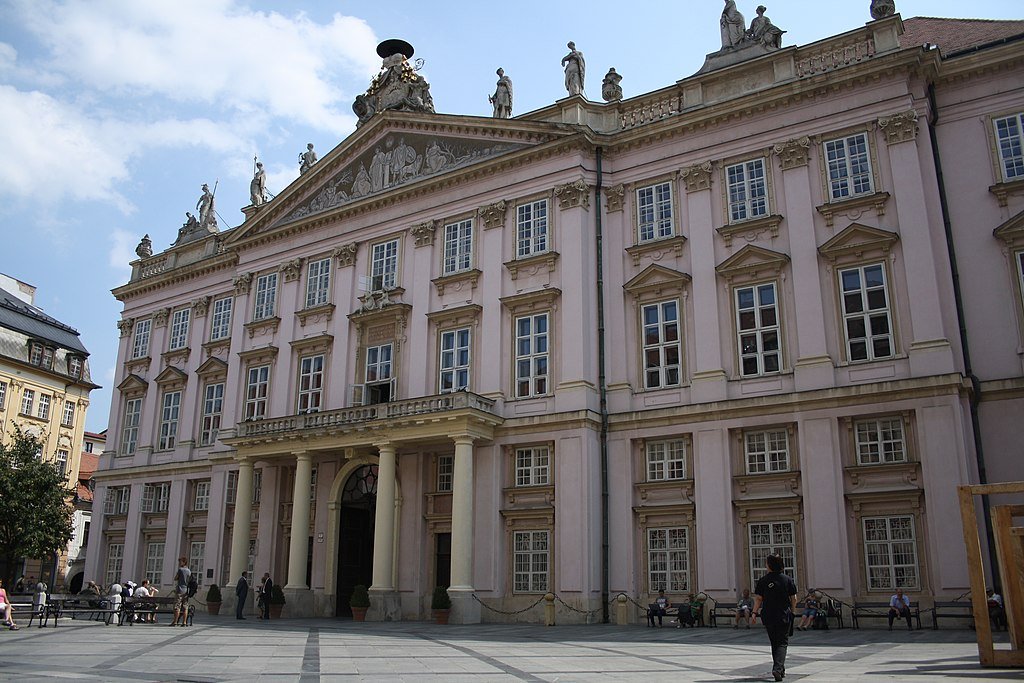
The Primate’s Palace, in contrast to Grassalkovich, welcomes guests. It was built in the 1770s for the Archbishop of Esztergom in an opulent Neoclassical design, and up until 1996, it also served as the president’s house. The Hall of Mirrors, a series of five salons with each one named after the colour of its furnishings, is the highlight of any visit. The Treaty of Pressburg’s signing in December 1805, which officially confirmed Napoleon’s victory over the Third Coalition, was a historic occasion that took place in the Hall of Mirrors. In addition to a spectacular fountain with a figure of St. George defeating the dragon, there is a collection of 17th-century Mortlake tapestries on show in the interior courtyard.
The Slovak National Gallery
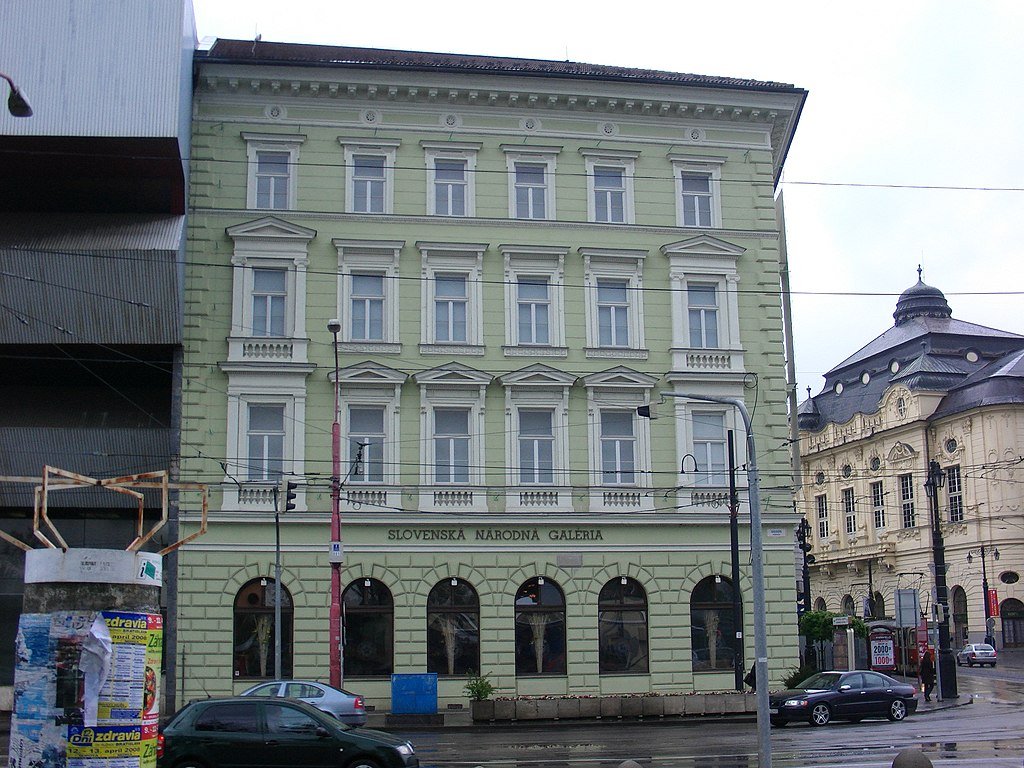
The Slovak National Gallery is now undergoing renovations, and as a result, exhibition space is limited within this stunning 18th-century palace and its eye-catching 1970s Soviet-era addition. The most prized Gothic and Baroque works of art and artefacts from the 1300s to the 1700s are displayed in a small permanent exhibition that has been set up on the first level. This show is divided into six sections, starting with the extraordinary busts by the sculptor Franz Xaver Messerschmidt from the 18th century, which exhibit unusual facial expressions. There are still upcoming temporary exhibitions covering anything from 1960s Slovak fashion to modern graphic design and Gothic painting.
Old Town Hall

Old Town Hall, one of Bratislava’s most historic landmarks, is located on Hlavné Námestie. When the city bought the mayor’s Romanesque home in the 1200s, everything came together. The nearby structures were gradually purchased off and absorbed as well. So, it’s now a fascinating jumble of four separate mansions and palaces, full of unexpected details. The Renaissance courtyard, which was built in 1581 and had an arcade and gallery, is the most stunning area. The earlier main tower, built in the 1200s in the Tuscan Gothic style, houses a section of the City Museum that explores feudal justice in medieval Pressburg.

